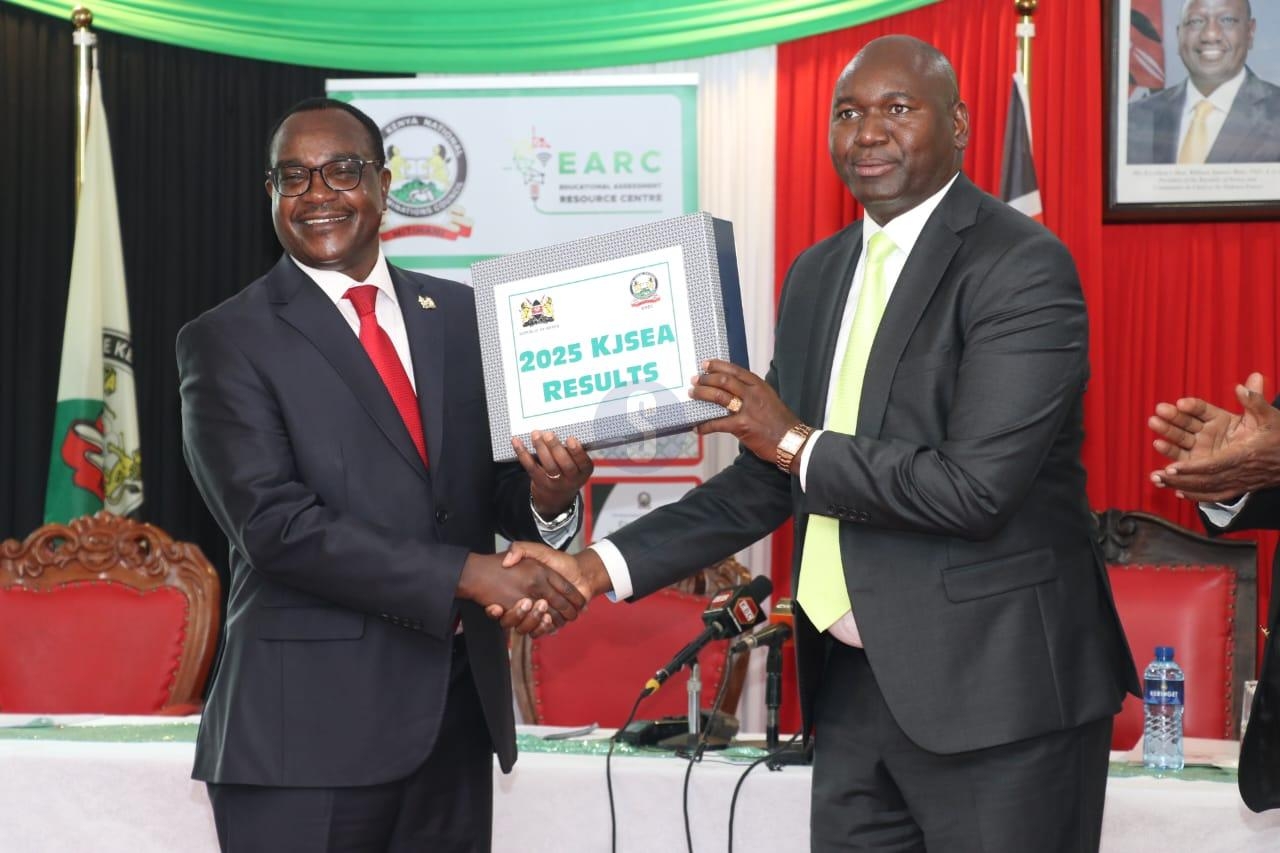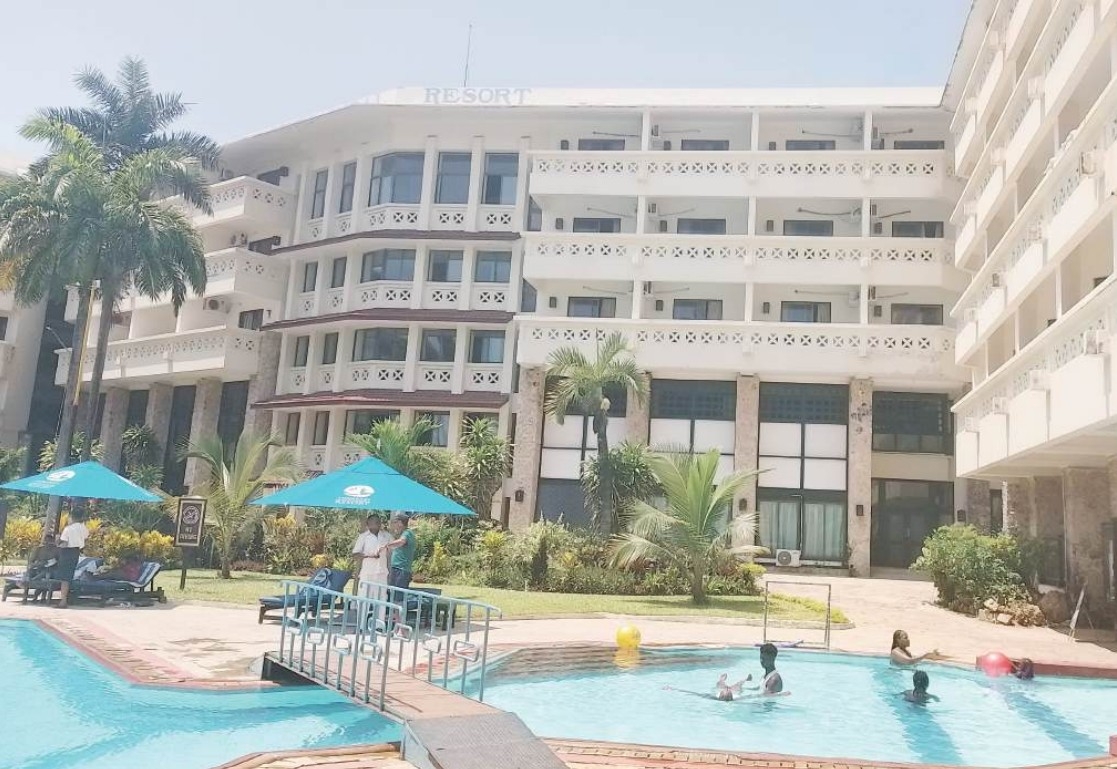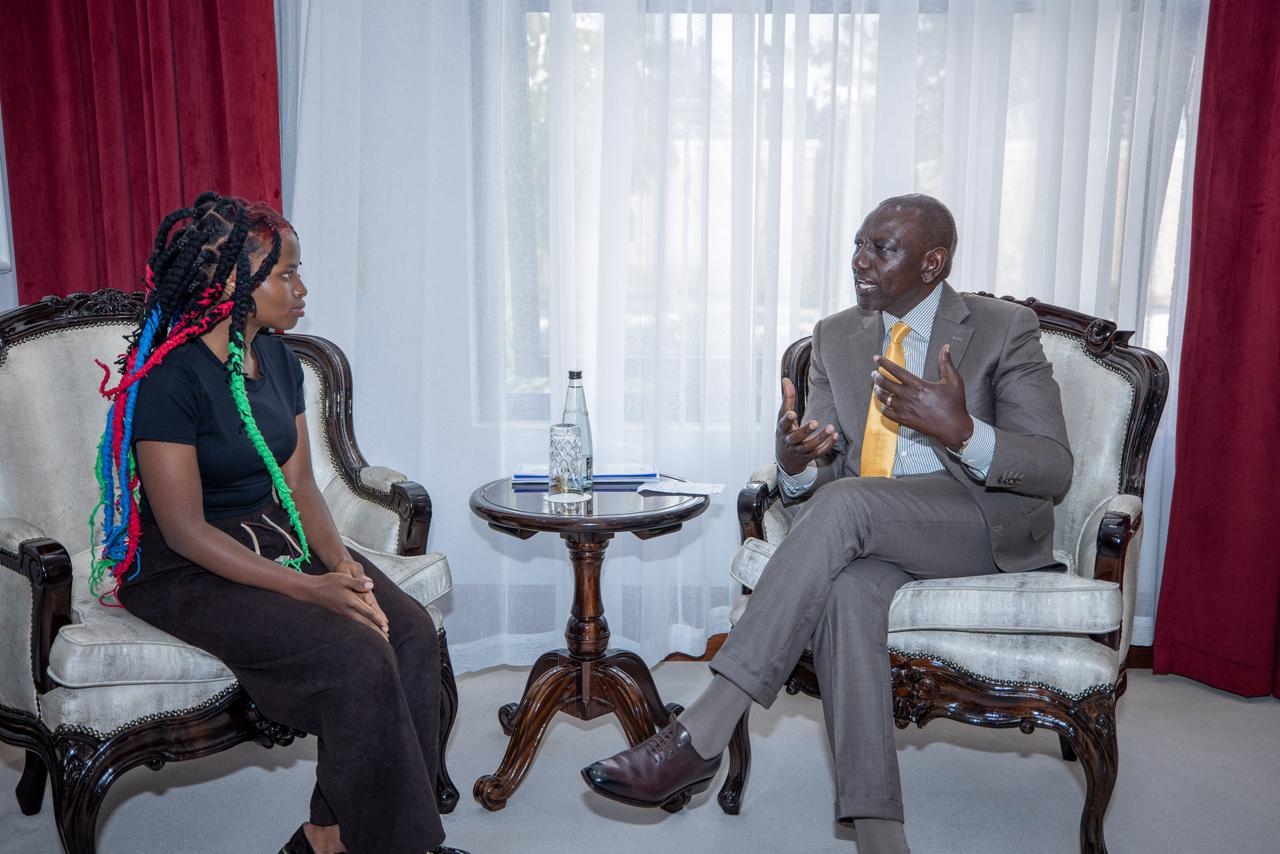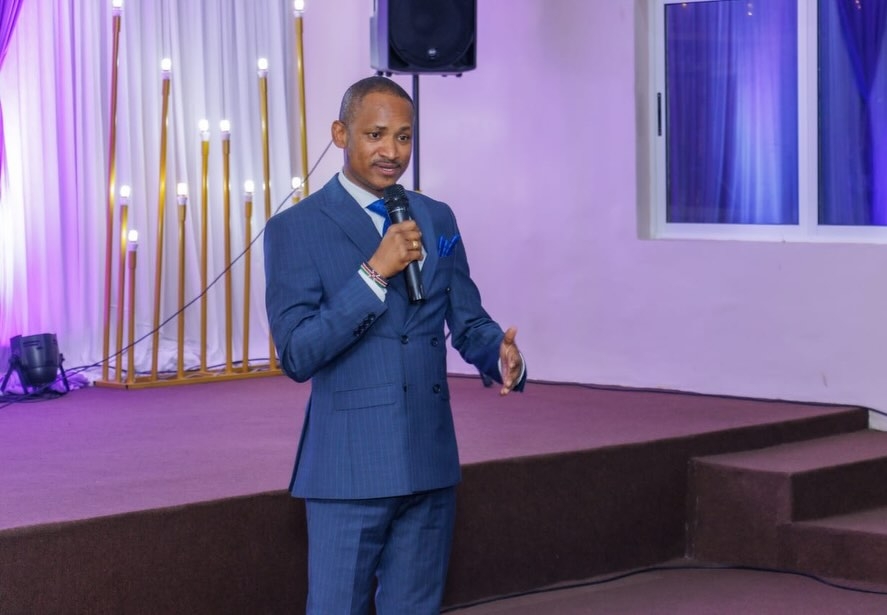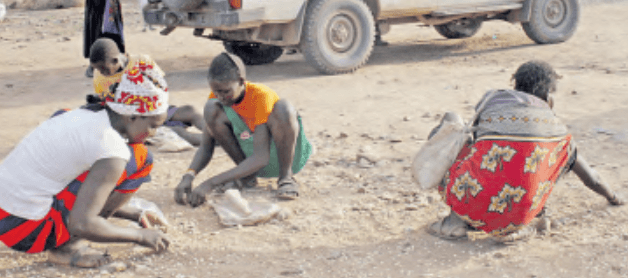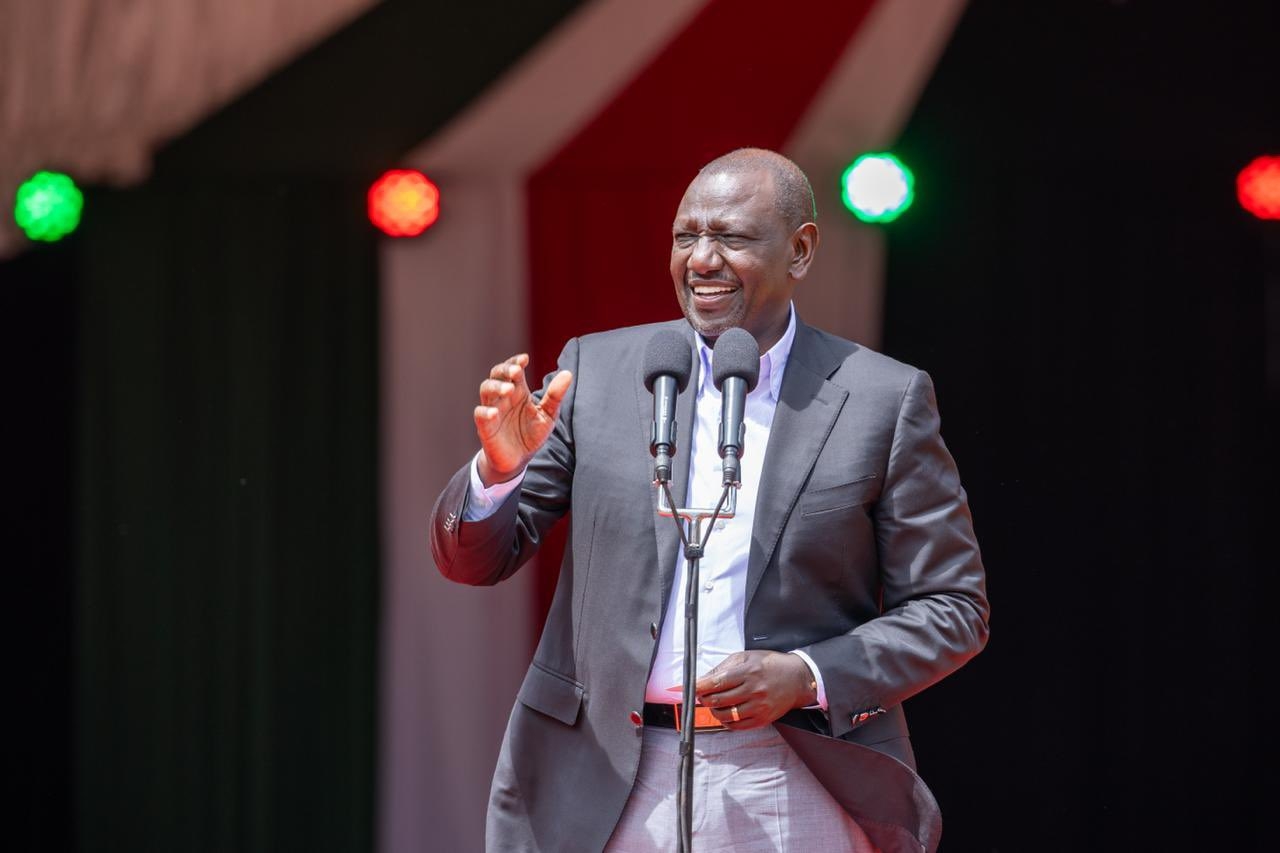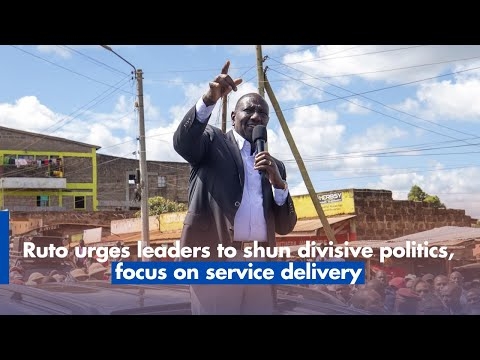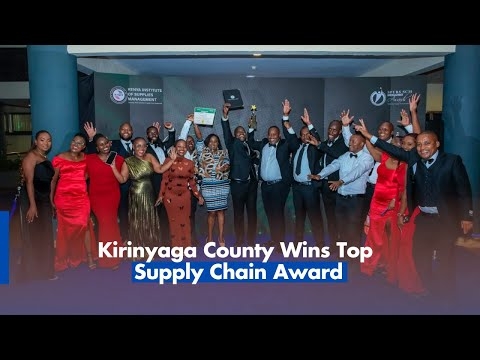
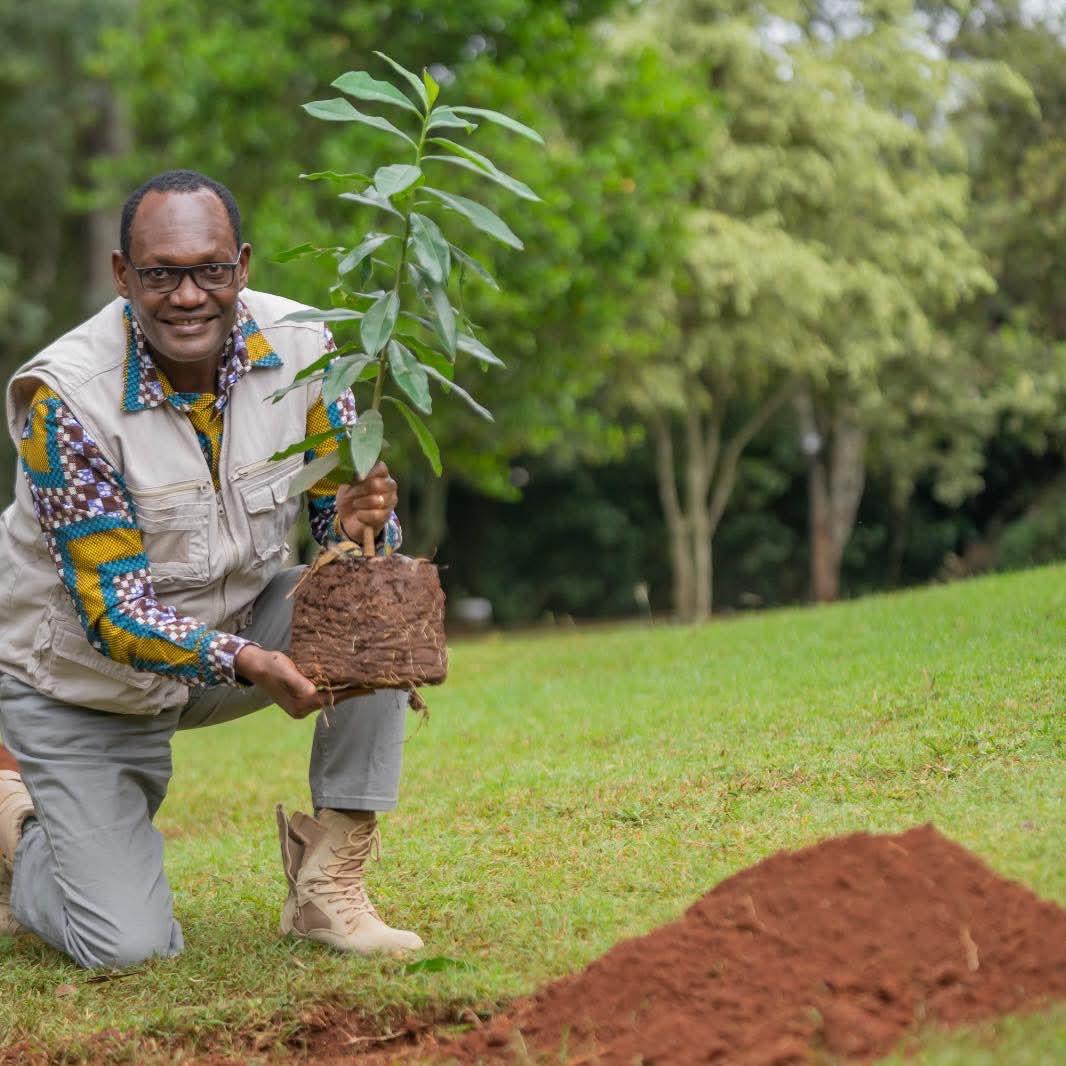 Treasury CS Dr Chris Kiptoo prepares to plant a tree as part of the Kaptagat Forest Conservation Project in Elgeyo Marakwet County.
Treasury CS Dr Chris Kiptoo prepares to plant a tree as part of the Kaptagat Forest Conservation Project in Elgeyo Marakwet County.
Preparations are almost complete for the 9th Kaptagat
Forest Conservation Programme, which will take place on Saturday, July 12,
2025.
President William Ruto is expected to attend this
year’s event, hosted at Simotwo Boys, Keiyo South, on Saturday, 12 July 2025.
Treasury PS Dr Chris Kiptoo, the patron of the
project, has been passionate about the conservation programme, which has
long-term benefits for the region and the entire country.
“There is nothing critical now than conserving our
environment for current and future generations, considering the effects of
climate change we are witnessing now,” says Kiptoo.
Born and raised in the area, Kiptoo took up the
conservation of Kaptagat as his pet project over 14 years ago, and today, he
has transformed the Kaptagat Forest conservation initiative into an internationally
acclaimed endeavour.
The Kaptagat Forest landscape—spanning the Kaptagat,
Penon, Sabor, Kessup, and Kipkabus forest blocks, alongside adjoining community
lands—is a critical water tower for the country.
Since 2017, under Dr Kiptoo’s patronage, the Kaptagat
Integrated Conservation Programme has united national and county governments,
conservation partners, the private sector, and communities to restore the vital
ecosystem while improving livelihoods.
Two weeks ago, Dr Kiptoo met with key leaders and
government officials to plan for the 9th edition, and various stakeholders and
institutions have prepared to take part in this year's programme.
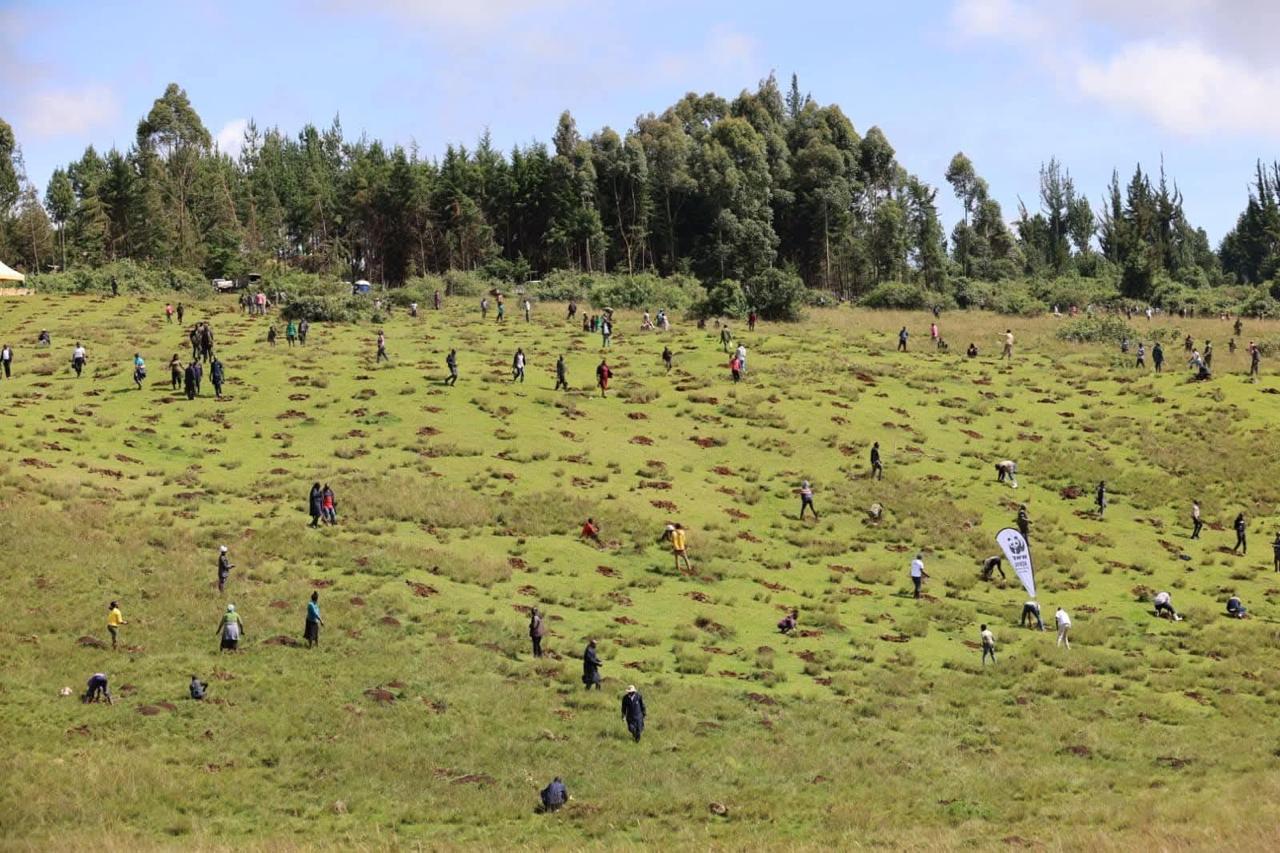
Chief of Staff and Head of Public Service Felix Koskei
convened the preparatory meeting, where he was joined by CS Beatrice Askul, who
is CS for EAC, ASALs & Regional Development, CS Dr. Deborah Barasa
(Environment, Climate Change & Forestry), PSs Amb Julius Bitok (Education),
Gitonga Mugambi (Forestry), Ummi Bashir (Culture) and Nixon Korir (Lands).
Dr Kiptoo lauded the Elgeyo Marakwet leadership,
including Governor Wisley Rotich, Senator William Kisang, and other local
political leaders, such as Caroline Ngelechei, Gideon Kimaiyo (host MP),
Timothy Toroitich, and other key stakeholders, for their commitment to the
initiative.
“We welcome everyone to join us on 12 July 2025 as we
continue to conserve, restore, and secure a sustainable future for our people
and generations to come,” said Kiptoo.
Dr Kiptoo has a rich background in community work and
grew up in his village of Kapkoi in Elgeyo Marakwet County, where he developed
a love for a good environment in the area.
As he grew up, he witnessed activities that degraded
the environment around the forest. Over time, he thought about how he could
contribute to the conservation of the Kaptagat water tower.
The forest is a rich ecosystem in biodiversity
hotspots and enhanced carbon sequestration, which provides ecosystem goods and
services due to its expansive natural vegetation.
Over the years, the ecosystem comprising five forest
blocks (Kessup, Sabor, Penon, Kaptagat, and Kipkabus) had diminished at an
alarming rate, as unbridled human activities, including illegal logging,
overgrazing, and the complicity of Kenya forest officials in the implementation
of sustainable forest management mechanisms, conspired to deplete it.
And following the hue and cry over the unabated
destruction, conservation enthusiasts began agitation for the conservation of
the ecosystem despite resistance from those who were benefiting from the
destruction.
Between the early 2000s and 2020, at least 35 per cent of the forest had been destroyed, according to the Kenya Forest Service (KFS).
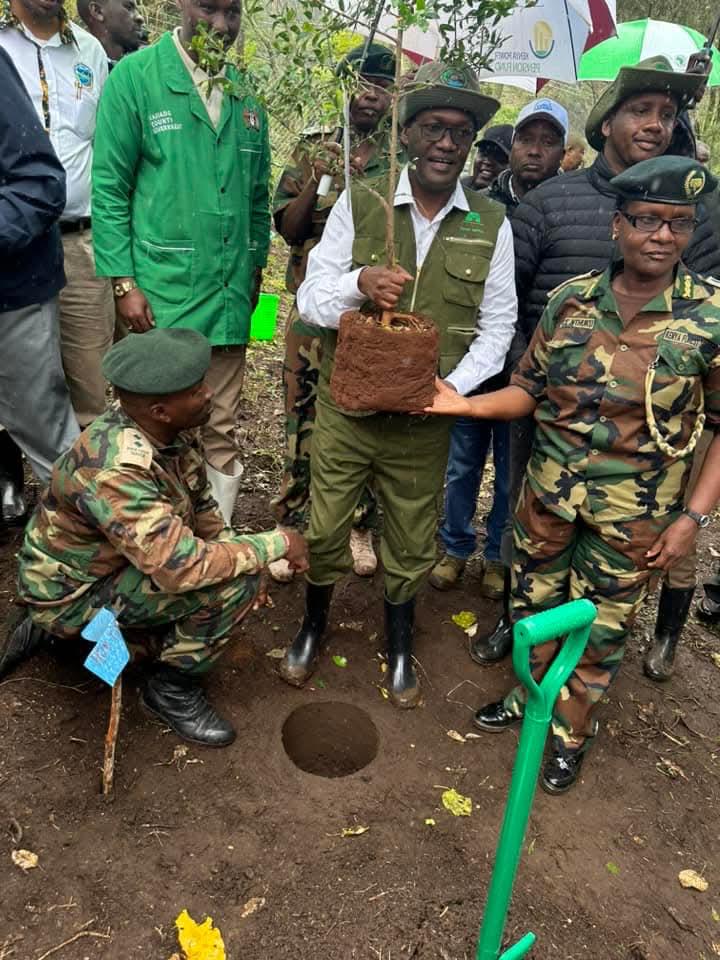
By the year 2010, satellite images showed that the
Kaptagat ecosystem was severely depleted, with only small pockets of disconnected
indigenous people remaining despite forming a critical watershed providing
water to major towns and communities in North Rift, Western and Nyanza regions.
It was only after numerous futile attempts to
rehabilitate the forest, which had significantly receded in size, that in 2016,
a sustainable master plan, the Kaptagat Integrated Conservation Programme, was
mooted to fast-track the rehabilitation of the ecosystem.
The program is an initiative under the Patronage of
Dr. Kiptoo.
He is proud that, almost a decade on, efforts to
restore the ecosystem are bearing fruit for the benefit of the local community
and the country.
Dr Kiptoo has been mobilising the local community to
actively participate in conservation efforts while simultaneously benefiting
from the forest resources.
The first step in the conservation plan was re growing
bamboo trees on wetlands, owing to the tree's versatility in environmental
conservation.
In total, approximately 60 per cent of Kaptagat's
wetland is being progressively covered with bamboo and indigenous trees aged between
one and five years old.
Trees, grasslands, and wetlands that had been lost are
now being reclaimed, and streams and rivers in Kaptagat Forest have begun to
flow again due to the sustainable rehabilitation program.
Over the past eight years, various stakeholders have
collectively restored over 2,225.2 ha, equivalent to more than 1.8 million tree
seedlings within the Kaptagat landscape, through the planting of assorted
indigenous tree seedlings and the distribution of 263,000 high-value avocado
seedlings to farmers in both Elgeyo Marakwet and Uasin Gishu Counties.
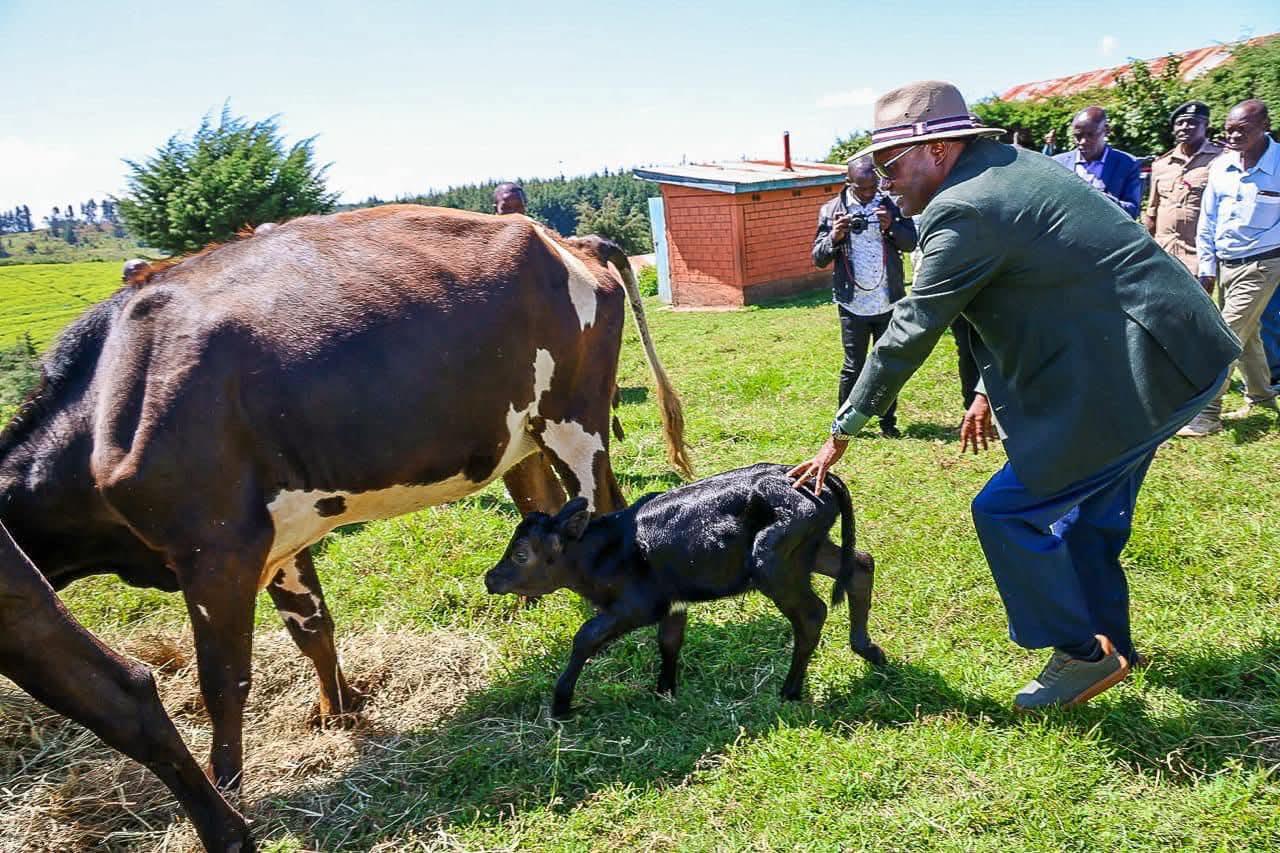
To discourage locals from gathering firewood, the
programme also involves the installation of biogas systems in homesteads for
use in cooking, thus reducing the pressure on wood fuel.
The program is aligned with the Presidential call to
combat the effects of climate change by planting 15 billion trees on 11 million
hectares across Kenya, aiming to achieve a tree cover of approximately 30 per
cent by 2032.
“We are happy that the President has also been
passionate about conservation issues not only for Kaptagat Forest but the
entire country,” said Kiptoo.
The programme is anchored in a 5-year plan running
between 2024 and 2029, aimed at improving community livelihoods and securing
the Kaptagat Ecosystem and community user rights through a range of
interventions, including livestock upgrading, water provision, high-value crop
cultivation, and green energy provision.



